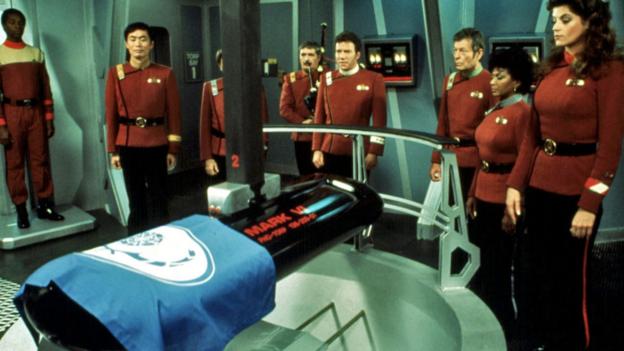Concept: Earth of Stan Lee's Just Imagine
Pictured: (left to right) Flash (Mary Maxwell), Green Lantern (Leonard Lewis), Batman (Wayne Williams), Superman (Salden), Wonder Woman (Maria Mendoza), Shazam (Robert Rogers).
Sources: The Just Imagine Stan Lee... series of oneshots 2001-2002.
Analogs: None.
Comments: In the Just Imagine series, Stan Lee re-imagined a number of DC characters and even Crisis with the help of various artists: Joe Kubert (Batman), Jim Lee (Wonder Woman), John Buscema (Superman), Kevin Maguire (the Flash), Dave Gibbons (Green Lantern), John Byrne (Robin), Gary Frank (Captain Marvel), Scott McDaniel (Aquaman), Catwoman (Chris Bachalo), Sandman (Walt Simonson), JLA (Jerry Ordway), and John Cassaday (Crisis).
Note that Earth-6 and Earth-51 occupy opposing positions in the Multiversity map, with Earth-6 connected to the Pit (Apokolips) and Earth-51 to the Pinnacle (New Genesis).
Earth-51
Concept: Earth of Jack Kirby creations
Pictured: (left to right) Lightray, Tuftan, Mister Miracle, Highfather, Kamandi, Big Barda, BiOMAC, ?.
Sources: Kamandi, The Last Boy on Earth (1972), New Gods (1971), OMAC (1974), Final Crisis (2008).
Analogs: Pre-Crisis Earth-86 was identified as the home of Kamandi and OMAC in Absolute Crisis on Infinite Earths (2006); Post-52 Earth-15 in home to a version of Kamandi as established in 52 Week 52 (May 2007), but after being recreated by Nix Uotan, Earth-51 is also home to Kamandi and ultimately the New Gods at the end of Final Crisis.
Comments: The earlier versions of a Kamandi Earth were also the home of other non-Kirby characters that have been tied in to the Great Disaster: the Atomic Knights and Hercules. There is no indication that those characters exist on Earth-51. The version of OMAC here ("BIOMAC") differs from previous versions of the character, at least in name.

%2B001-030-Earth-6.jpg)
%2B001-058.jpg)








%2B001-032.jpg)








